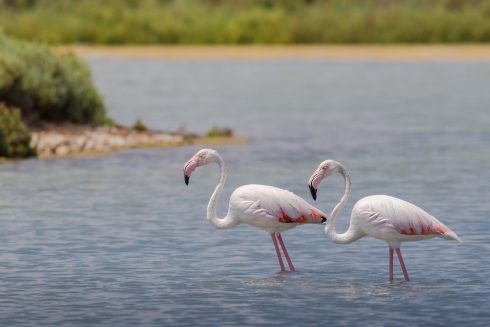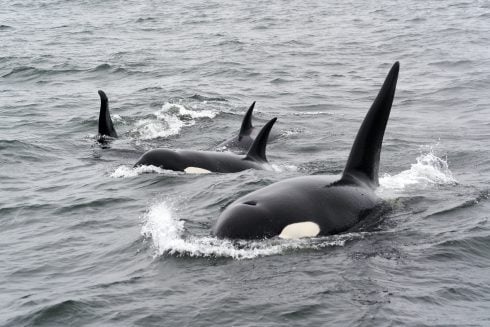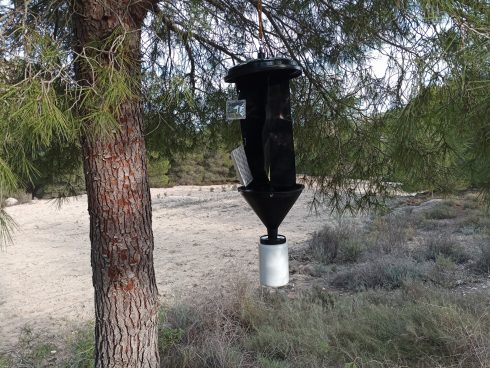Man’s misunderstanding of the hornet has led to the insect becoming almost extinct in certain parts of Europe
Clive Muir and Sue Eatock
MANY people panic when buzzed by a bee or wasp and for some who know they have an allergy to a sting this can be a serious issue. In general though, bees and wasps just go about their business ignoring us and so long as they do not feel threatened they remain passive. Hornets are big and unmistakeable simply from their size and wasp-like appearance. In Spanish they are known as Avispón or Avispa Europea. The scientific name is Vespa crabro.
Life cycle
The workers are 18 to 25 millimetres long while the rarely seen queen is larger at 35 mm long. These impressive insects are striped in a similar warning pattern to a wasp, termed “aposematic,” which is intended to deter insectivorous animals.
The upper head, antennae, wings and legs are a rufous brown. The thorax is the same brown with black markings, while the abdomen is more wasp like.
They behave in a social manner, creating a nesting colony which thrives and dies in just one year.

During the spring a female will emerge from hibernation and choose a suitable position for a nest. This will preferably be inside a tree hollow but can be inside a shed or a roof space. The nest is made by collecting rotten wood from fence posts, dead trees etc and chewing this while adding saliva.
The resulting paste is pliable and can be spread using her mandibles and legs to form the first cells into which she lays eggs.
These first larvae are workers and unable to reproduce. When these are able to take over the nest building and food collection duties, the queen concentrates on egg laying and will remain in the nest.
The workers feed on nectar, fruit and also sap collected from oak and ash trees. They catch and paralyse insects such as caterpillars to take back to the nest. This high-protein diet is fed to the larvae in order for them to develop and to the queen who is producing more eggs.
The larvae exude a sugary liquid which the workers can also feed on.
The nest is extended by adding wider, lower tiers, which are protected by being housed inside an outer paper skin, with the entrance underneath. As long as this nest is not made where human movement will upset the colony, it should not cause a nuisance.
These agile flyers can travel as far as 1,500 metres from food to nest.
In the autumn, the nest has reached its maximum and is drawing near to its end. At this point, rather than creating more workers, the queen lays eggs that produce male and female hornets.
These remain at the nest while still being fed by the workers.
When strong they will disperse from the nest and copulate. The queen of the present nest then dies, as do any remaining larvae or workers.
The males also die soon after mating whereas the females have to find a suitable place to hibernate through the winter.
Each female that survives through to the spring will then begin the process of creating her own new hive community, always commencing by building a new nest.
Self defence
As with other colonies of wasps and bees these insects will defend their nests if they feel it is threatened.
Unlike that of a bee which is purely defence, the hornet sting is designed mainly to be used to inject poison into small insects which are fed to the young and so is to be used many times.
The sting is no more toxic despite being from a larger insect.
It is best to avoid confrontation by not approaching the hive and these gentle giants will normally back away when they encounter you in the garden or countryside.
But, if they feel threatened or are mishandled they are capable of stinging in defence.
Due to unfounded fears of imminent attack against people these beautiful creatures have been decimated to a point of near extinction in some European areas.
On the contrary, they should be accepted and left alone as they are capable of controlling a wide variety of harmful garden insects and have just as much right as us to live out their lives.
Clive and Sue launched wildsideholidays.com as an advertising medium for ethically-minded nature holiday businesses in Spain. The aim is to provide an internet site on which people searching for this type of holiday can easily find what they are looking for.
Together with iberianature.com, wildside holidays also run the iberianature forum (www.iberianatureforum.com) – the best online resource for learning about the nature of Iberia.







